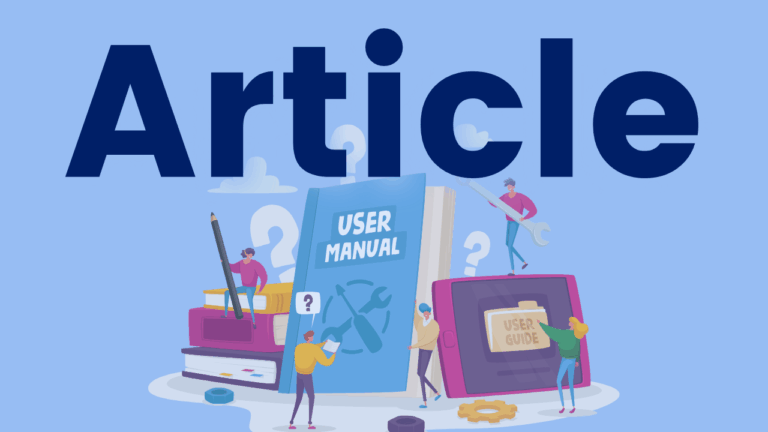Decoding or Fluency Instruction in Middle School?
Dr. Timothy Shanahan explores possible reading profiles of students in grades 6 – 8 who struggle with reading, clarifying the value of focusing on decoding, fluency, or both.

Dr. Timothy Shanahan explores possible reading profiles of students in grades 6 – 8 who struggle with reading, clarifying the value of focusing on decoding, fluency, or both.

This webinar dives into morphology – what is it? Why is it important? When should you start to teach it? What are some instructional techniques? How is it related to etymology?

Dr. April-Baker Bell highlights stories and narratives in an urgent call for anti-racist language and literacy instruction.

Dr. Stephanie Stollar discusses the role of Tier 1 instruction in MTSS as the best opportunity for preventing reading failure.

Bringing together theory, research, and practice to dismantle Anti-Black Linguistic Racism and white linguistic supremacy, this book provides ethnographic snapshots of how Black students navigate and negotiate their linguistic and racial identities across multiple contexts. By highlighting the counterstories of Black students, Baker-Bell demonstrates how traditional approaches to language education do not account for the…

This webinar highlights thie importance of respecting linguistic variation, and integrating it into language and literacy instruction of Black children. It explores the relationship between Black children’s language and the development of a healthy identity.

In this article, Dr. Perry Klein responds to Dr. Jim Cummins’ criticisms of the Right to Read Report, highlighting several recommendations and positions that Cummins attributes to the report but that it does not actually contain. Dr. Klein also identifies five ways in which this report will bring Ontario’s special education policy into the 21st…

In the Season 1 finale of Reading Road Trip, Kate Winn and Una Malcolm answer listener questions, sharing their thoughts on everything from sound-spelling walls to structured literacy in older grades.

In this episode, Kate Winn is joined by Dr. Carolyn Strom for a conversation about the reading brain. What are the neural underpinnings of how students learn to read? How can research in this field help us in the classroom?

In this podcast episode, Kate Winn hosts Diana Burchell for a conversation about language learners. Is structured literacy appropriate for multilingual learners? Can early screening and intervention support students in French Immersion? What does research tell us about the language and literacy development of refugees from Syria?

In this webinar, Dr. Mariana Souto-Manning explores justice in early childhood education. Dr. Souto-Manning uses a restorative justice lens, highlighting microaggressions and microaffirmations in educational contexts and their impacts on students.

Joan Sedita reviews the components of writing an argument piece in this short video.